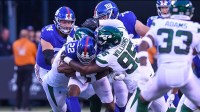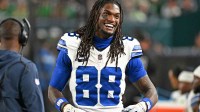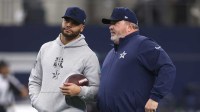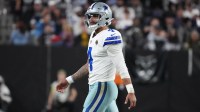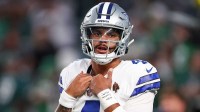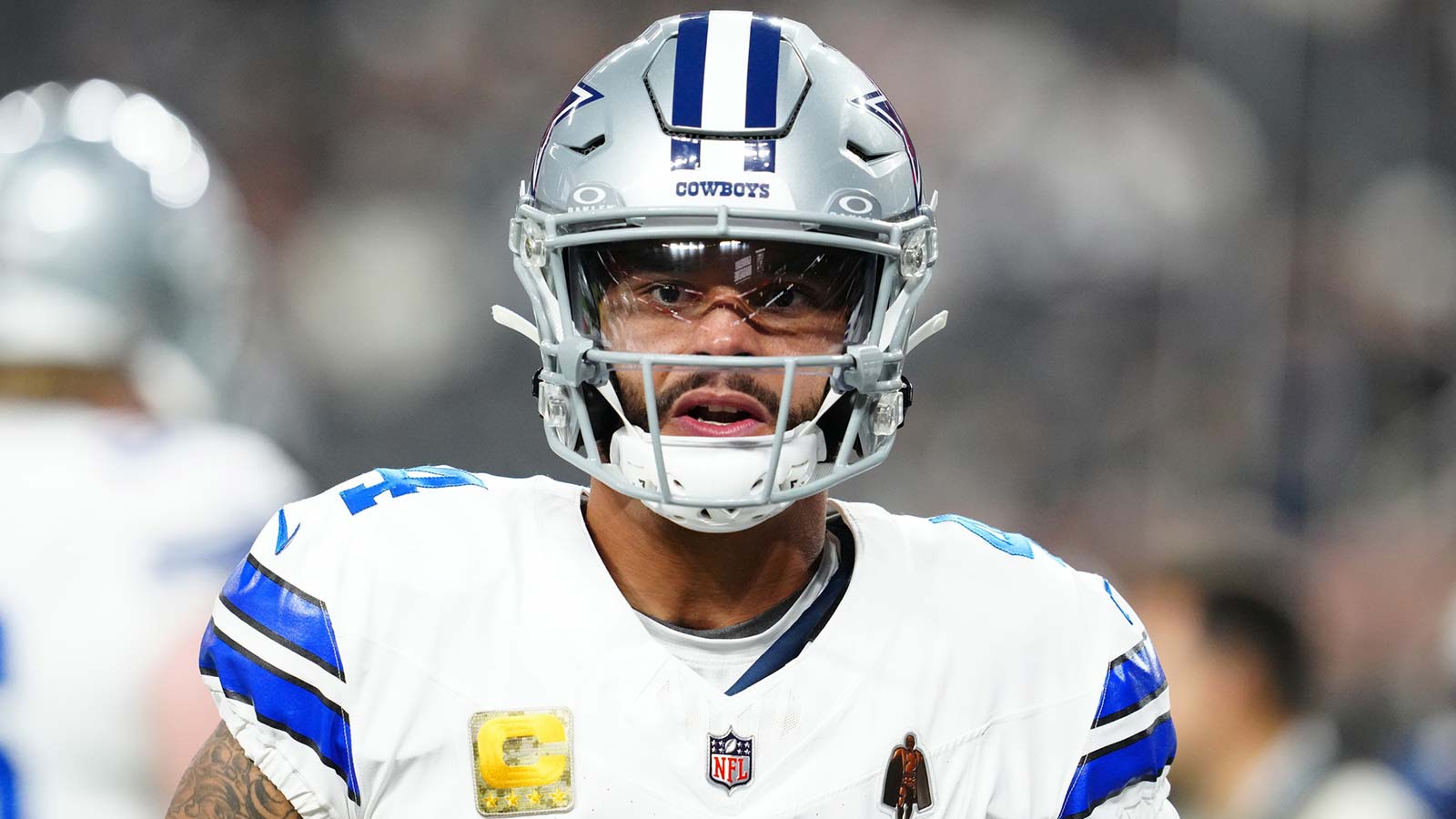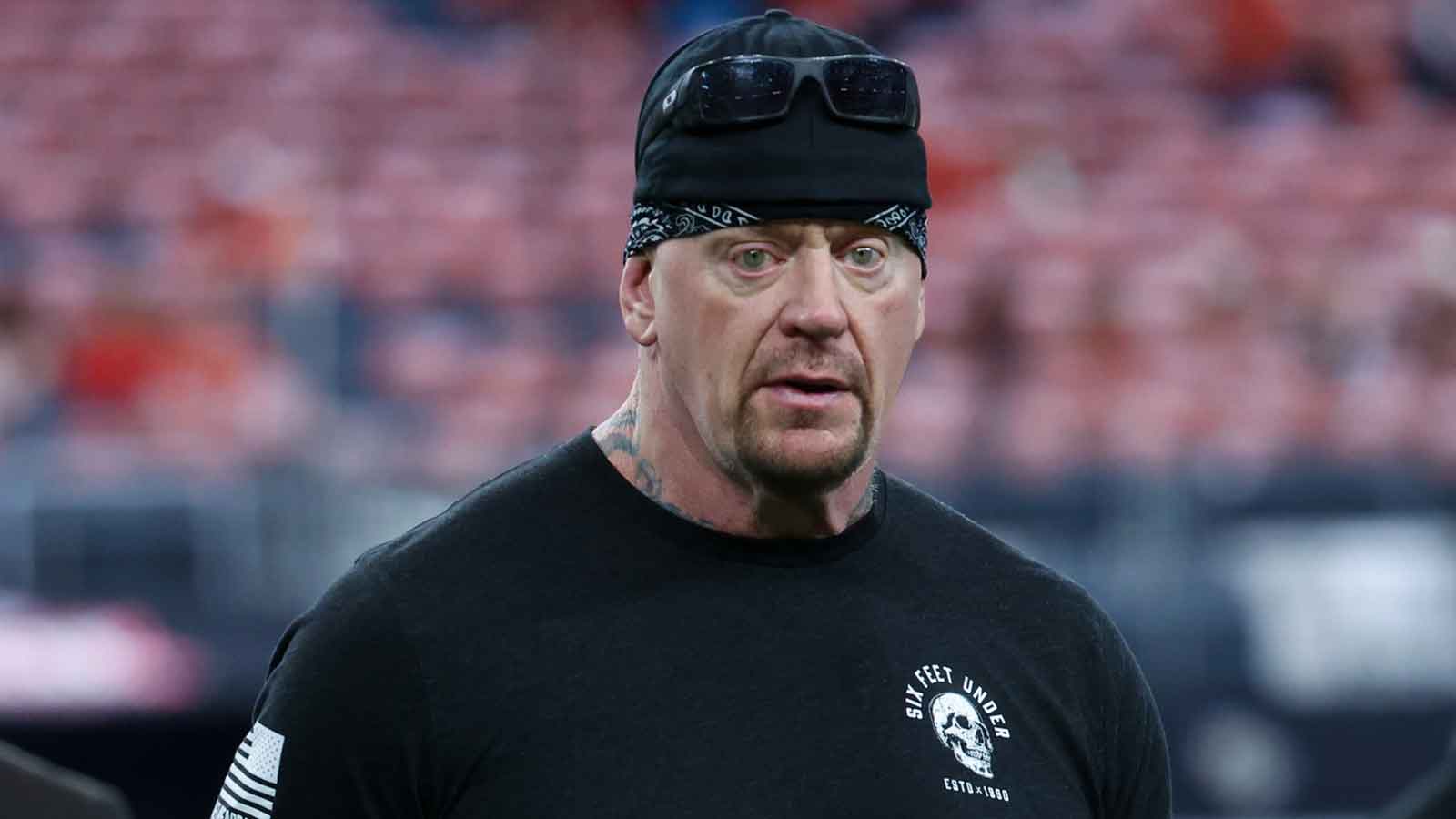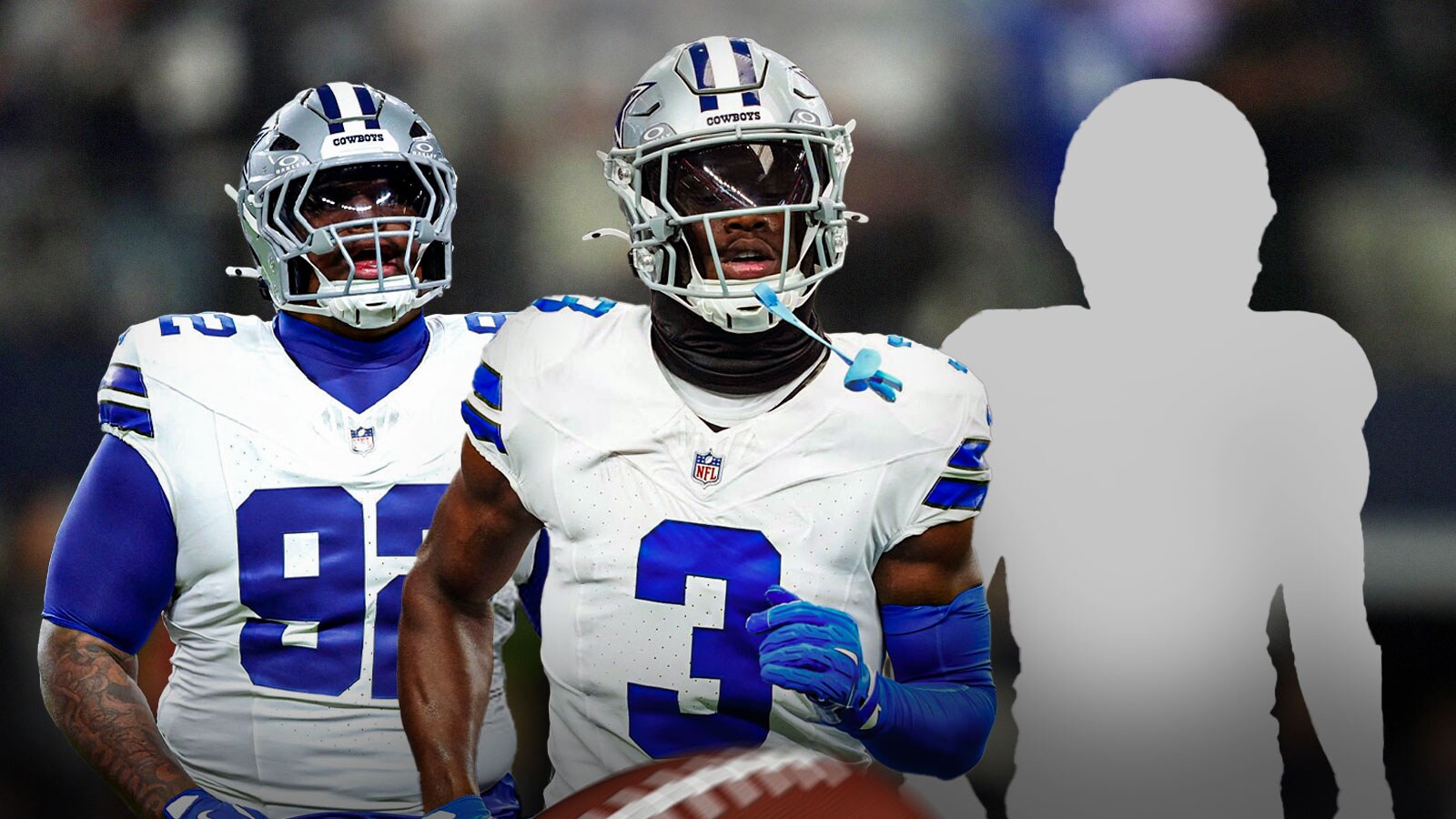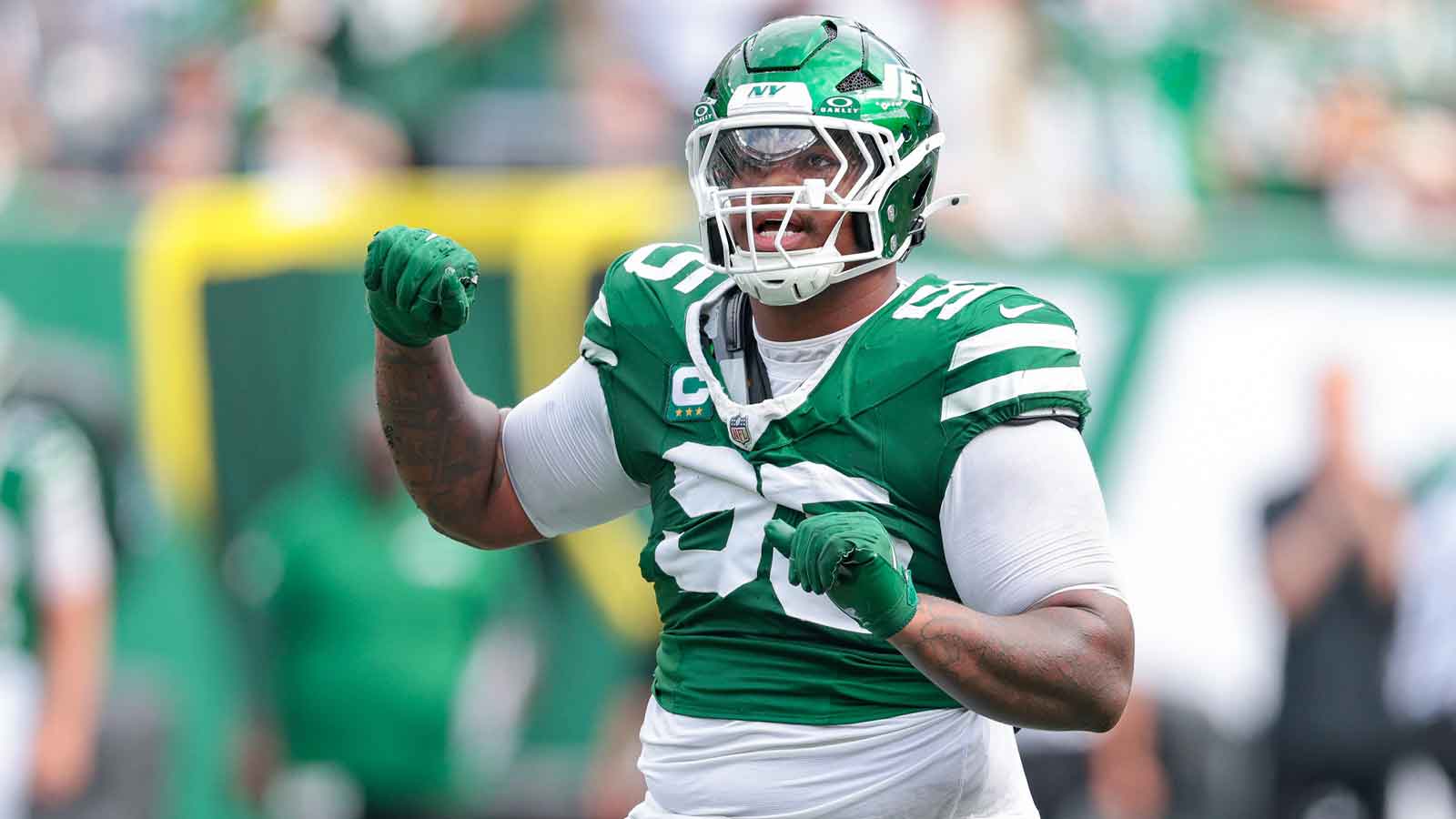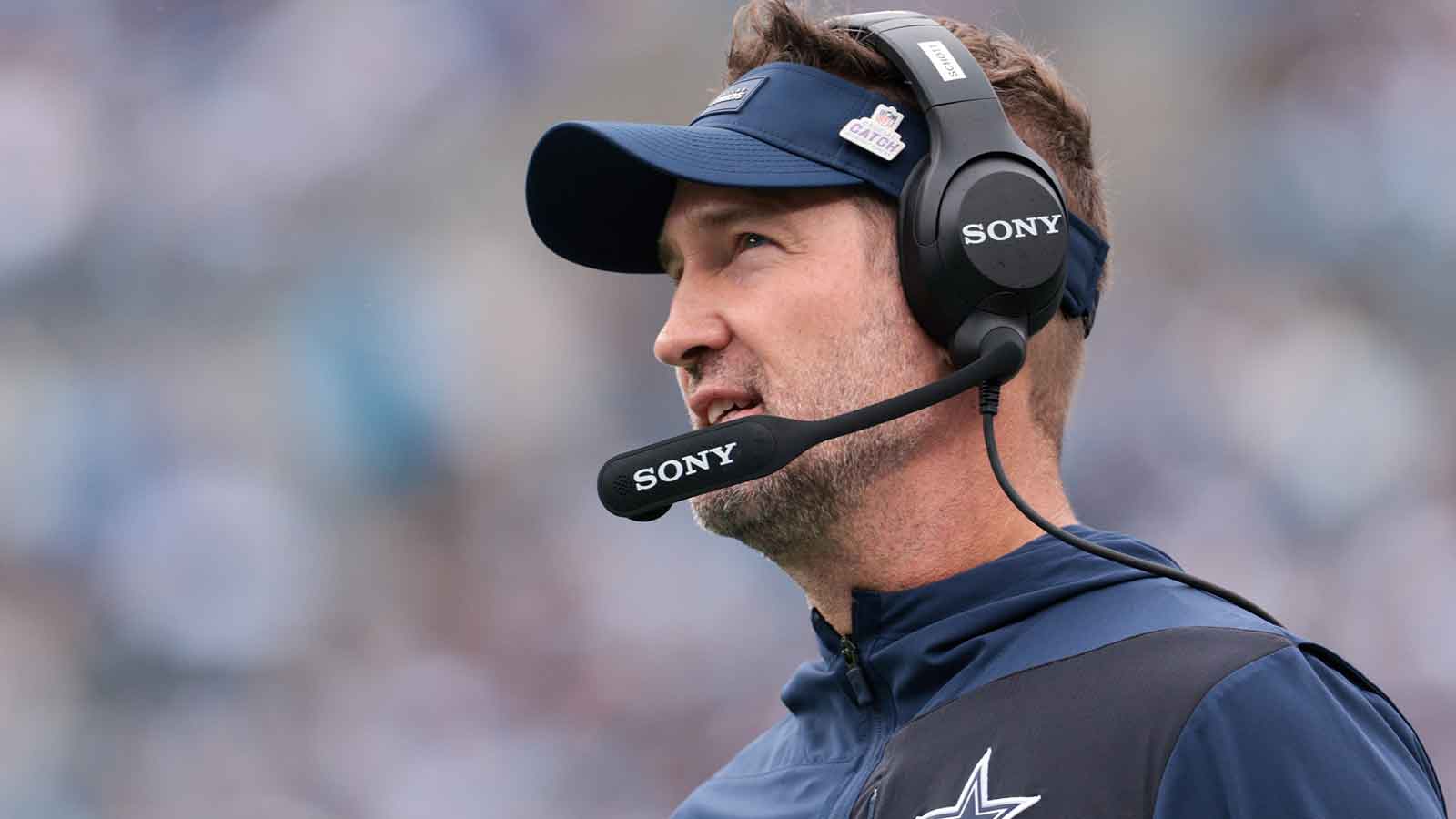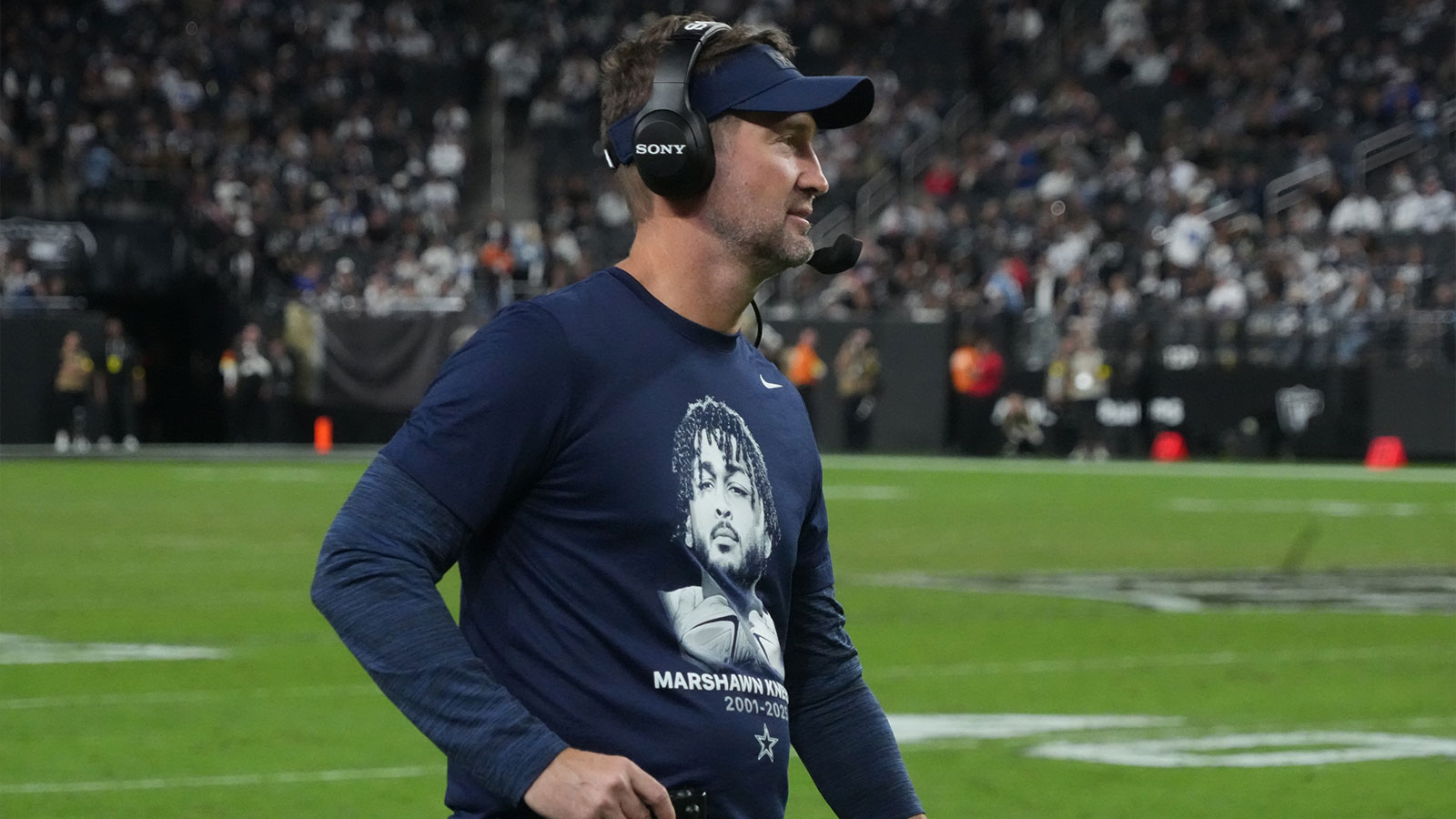After the first wave of NFL free agency has come and gone, it is a good time to start looking at which teams were successful in spendin money and which teams spent money in bad ways. Teams can hurt themselves for five years or more by making bad free-agency decisions, which is why the list below was put together.
When the bug for being active in free agency hits teams, it often fosters poor decisions and ultimately sets teams back and makes them worse than when they entered free agency. Whether your team is one of the five teams below or not, it is always important to take a cautious approach when looking at free-agent classes.
*Watch NFL games LIVE with fuboTV (click here for a free trial)*
5 Teams Worse Off After NFL Free Agency
What do you get when you combine a quarterback on his rookie deal, a veteran WR that is the highest-paid at his position, and a defense that has its holes but is strong enough? You get the Arizona Cardinals, a team that failed to make any big moves this offseason, cementing themselves as a bottom-half NFC West squad.
When you have a player like Kyler Murray still on his first contract, you need to try and do your best to add established talent around him while his contract is still cheap – but Arizona’s front office failed to make any sort of moves that fit that bill, ultimately keeping this team the same (outside of a few smaller moves).
Resigning James Conner to be their lead back is a fine move, especially after his TD breakout last year, but his injury history and not having Chase Edmonds to rely on anymore will hurt this offense in the long run, as will the high-priced departure of Christian Kirk to the Jacksonville Jaguars.
Their big move of the offseason was not even who they grabbed in free agency but who they traded for – QB Carson Wentz. The amount of draft capital they gave the Colts for Wentz to return to the NFC East is astounding, but so is the type of leadership that the Commanders have had for a long time.
But Washington’s foray into free agency this year saw them lose guard Brandon Scherff to the Jaguars and replace him with Andrew Norwell, who was with the Jaguars last season. They also brought back two offensive skill players, RB J.D. McKissic and WR Cam Sims, two players that will likely not move the needle at all.
McKissic was all but gone, having agreed to a two-year deal with the Buffalo Bills. But he backed out and came back to WAS on the same deal, which will hurt Antonio Gibson’s potential 2022 breakout and limit one of the ways to take the ball out of Wentz’s hands.
The East is very much up for grabs this year, and it looks like Washington decided to once again punt on their chances of making noise.
The first of two consecutive NFC North teams on this list, the Chicago Bears had to find some proven offensive line talent this offseason to protect Justin Fields with. Yet, they came out of it adding Lucas Patrick and losing James Daniels, truly putting them in a worse position than before.
Without a first-round pick at their disposal, the Bears will be reliant on their Day 2 and 3 picks to find that OL help, especially since the free agency class is mostly picked over in that category. Two mildly-priced defensive linemen, two WRs, and other role players were brought in on various expensive/cheap deals comprise the class for the Bears, a very disappointing class for new GM Ryan Poles and HC Matt Eberflus.
2. Minnesota Vikings
The Minnesota Vikings, like the Bears, underwent major coaching and front office turnover this offseason, welcoming in a new head coach (Kevin O’Connell) and a new general manager (Kwefi Adofo-Mensah). While both parties preached patience in their first offseason together, their class of free agents left a ton to be desired
Grabbing Za’Darius Smith from the Packers on a three-year, $42M deal is quite rich for a pass rusher coming off a long-term back injury and just about to hit 30 years old. Pairing him with Danielle Hunter certainly will be a formidable duo rushing the passer, but with health issues surrounding both, it is fair to question if that big of an investment was smart.
The Vikings had a slightly-smaller class than some teams, but their focus on certain areas (DL, LB) was questionable, at best, and could be exactly why this team fails to, yet again, reach the top of the NFC North this year. Oh, and due to Kirk Cousins’ albatross of a guaranteed deal for a middling QB – that may have something to do with it too.
Coincidentally, all the teams on the list of teams that improved the most were from the AFC, while all the teams on this list that got worse are from the NFC – and the Dallas Cowboys are the cream of the bad crop this year.
With their ill-advised extensions that were handed out to Ezekiel Elliott and others, they had no money to keep the players that they needed the most, like tackle La’el Collins. Forced into moving on from players like Collins set this team back this offseason, and their free agency class did not do enough to make the impact of those players released not a big deal.
They had practically no money to spend this offseason yet felt like throwing three years at a 33-year-old punter – see a trend here? Teams that continue to spend money on questionable players continue to struggle when they need to keep their key players, and the Cowboys are no different.
Plus, the whole contract debacle involving Randy Gregory and the Denver Broncos has put a bit of a black eye on how Dallas handles business, helping put a very bright cherry on the top of what the Cowboys did – and did not – do this offseason.


